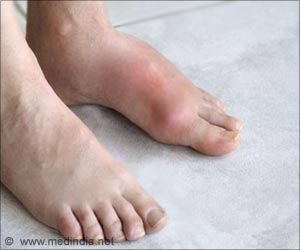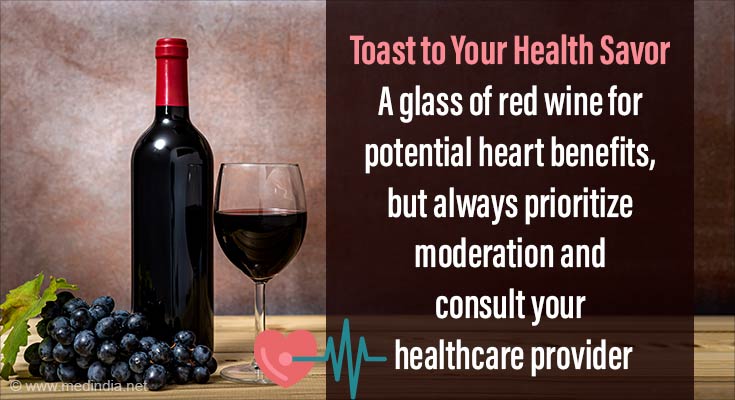Diet is the factor that may be the easiest to control —simply by changing people’s behaviour and eating habits—-if we knew the exact connections.
“There’s epidemiological evidence for a strong link between obesity and increased tumour risk,” said School of Life Sciences assistant professor Miyeko Mana.
Mana added, “And in the intestine, the stem cells are the likely cell of origin for cancer. So, what is that connection? Well, diet is something that feeds into that cycle of obesity and colorectal cancer.”
Foods interact with intestinal stem cells (ISC) that lie along the inside surfaces of the gut. These ISCs reside in a series of regularly folded valleys of the gut, called crypts.
ISCs are gateway that coordinates intestinal tumour formation when they adapt to high-fat diets and elevate cancer risk. Within the ISCs are high-fat sensor molecules that sense and react to high-fat diets levels in the cells.
“We were following up on mechanisms that might be required for stem cells to adapt to the high-fat diet —and that’s where we came across the PPARs,” said Mana. These peroxisome proliferator-activated receptors (or PPARs) trigger a cellular program that elevates cancer risk, but the exact mechanisms were unclear because there are multiple types of PPARs and complexities in teasing out their roles.
“There is a family of 3 PPARs, named delta, alpha and gamma. At first, I thought just PPAR delta was involved, but in order to see if that gene is really responsible for the phenotype, you have to remove it,” added Mana.
Mana’s team identified the role of individual PPAR delta and alpha using a mouse model that controlled their activity in the cell.
Mice were given a long-term high fat or normal diet, and the activity of each PPAR was carefully monitored to study the effects on cancer risk. In their knockout study, they first removed the PPAR delta gene.
“But when we removed it from the intestine, we still observed the phenotype. So, we wondered if maybe another PPAR was compensating and that’s where we thought about PPAR alpha.
Both of those (PPAR delta and PPAR alpha) appear to be required for this high-fat diet phenotype within the stem cells,” said Mana. But developing a therapeutic to offset the PPARs just became a much taller task.
“When you think about this therapeutically, if you are incorporating a lot of fat into your diet and you want to reduce your risk of colon cancer, targeting two different factors is more challenging than if you are targeting just one,” added Mana.
Mana later turned her attention downstream of the PPARs. With molecular sequencing and mass spectrometry, the team assessed the amounts of different metabolites, and radiolabeled isotopes of fuel sources to measure the carbon flow.
The high-fat diet found in the ISC crypt cells they isolated increased the metabolism of fats, while at the same time, decreasing the breakdown of sugars.
“So, we looked more downstream at what these two factors (PPARs) may target, and that was this mitochondrial protein, Cpt1a,” said Mana. “This is required for the import of long-chain fatty acids (LCFAs) into mitochondria for use. The LCFAs are part of the high-fat diet.”
Knocking out Cpt1a from the mouse could stop tumour formation in its tracks. The loss of Cpt1a prevented both the expansion and proliferation of the ISCs in the crypts.
“If you remove Cpt1a, you are spared this high-fat diet phenotype in the intestinal stem cells,” said Mana. “So, you lower your risk of tumorigenesis at this point.”
Mana’s team could trace the development of cancer, from the diet all the way to tumour formation. First, fats are broken down to free fatty acids. The free fatty acids then stimulate sensors such as the PPARs and turn on genes that can break down the fatty acids.
Next, the surplus free fatty acids are transported to the mitochondria, which can burn them up by oxidation to make more energy to feed the stem cells, which multiply, grow and regenerate gut tissue.
But when the ISCs numbers are expanded, there is a greater likelihood that mutations can occur—just from random mutations and sheer numbers of cells—that lead to colon cancer.
“The idea is that this larger pool of cells remain in the intestine and accumulate mutations, and that means they can be a source of mutated cells leading to transformation and tumour initiation,” said Mana.
“We do think that is a likely possibility when there are conditions that expand your stem cell pool.” Mana’s group also found that feeding a high-fat diet dramatically accelerated mortality in this model compared with the control condition, by accelerating tumorigenesis.
“The levels of these fats that you can get through your diet are going to impact your stem cells, probably in a fairly direct way,” said Mana. “I think one of the surprising things we are finding in our studies is that fatty acids can have such a direct effect. But you can remove these PPARs, you can remove CPT1a, and the intestine is fine.”
“These studies have all been in these mouse models to date,” said Mana.
“One idea we started with was to understand the metabolic dependencies of the tumours that can arise in a natural or pharmacological context and then target these metabolic programs to the detriment of the tumour but not the normal tissue. We are making progress with the high-fat diet model.
Ultimately though, the goal is to eliminate or prevent colorectal cancer in humans,” concluded Mana.
Source: Medindia



